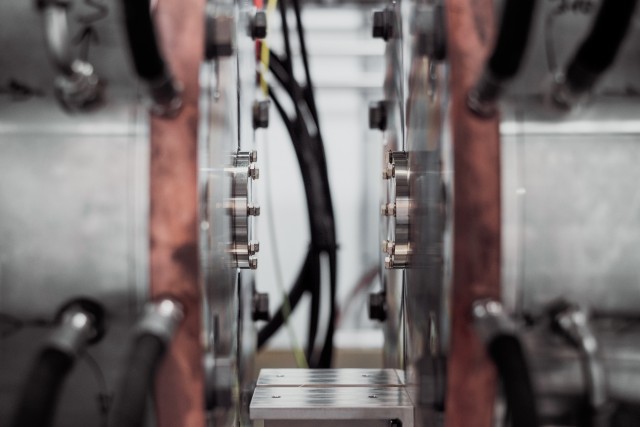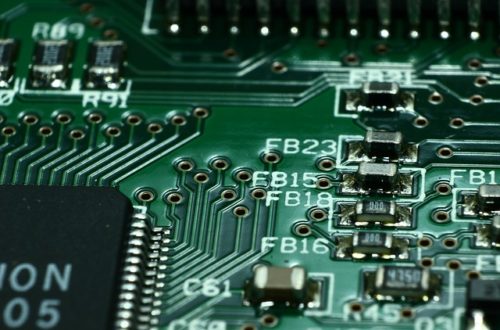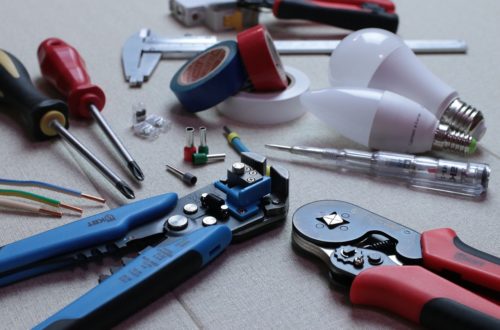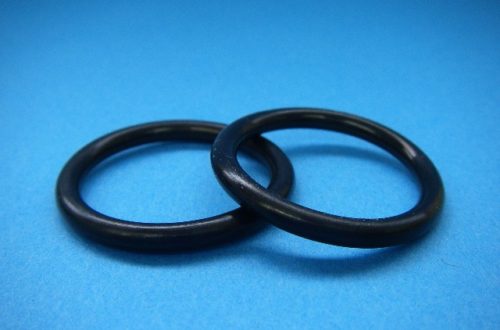Guide to Sensor Selection for Various Industrial Applications

Many modern pieces of machinery consist of position sensors used for automation, control, and monitoring. There is a wide array of position sensors available for use in commercial and industrial applications. Aside from measuring temperature changes, displacement measurement is the next most common physical property that needs detection.
Design engineers typically choose position sensors depending on measurement repeatability, resolution, and linearity. If any of these parameters are over-emphasised or under-emphasised, it might incur additional cost for refitting or calibration. Therefore, it is crucial to find a sensor that is precise for the needs of the application.
Features of different types of sensors
Here are three different types of sensors and their advantages and weaknesses
Inductive position sensors. A linear position sensor is also more commonly referred to as a linear variable differential transducer or LVDT. A similar type of sensor that measures rotational motion is called a rotary sensor or resolver. These sensors work using an inductive principle and have been used in many industrial applications for over a century. Inductive sensors like LVDTs are highly reliable which make them suitable for applications that require optimum safety like in nuclear reactors, the military, and aerospace. Although inductive sensors are superior, they tend to be bulky and expensive.
Capacitive position sensors. This is a type of electric sensor which accumulates charge. The device consists of two conductive plates with an insulator between them. The capacitor can store varying amounts of charge depending on the capacitor size, material permeability, and the separation. Capacitive sensors are not suitable for safety-related applications. These sensors are also highly sensitive to temperature changes, the presence of foreign matter, and the surrounding humidity.
Potentiometers. The recent trend in position sensing is using inductive sensors which are highly robust and reliable. Nevertheless, potentiometers remain as one of the most popular sensors used today. Position sensors measure electric voltage as the target object wiper slides on a resistive track. Potentiometers are also lightweight and compact. This type of sensor is also economical in a simple configuration. However, potentiometers are sensitive to wear and tear vibration, and extreme changes in temperature.
Other types of sensors include optical encoders, magnetic position sensors, and magnetic position sensors.
How to choose a sensor for an application
In selecting the right type of sensor, you need to ask several guiding questions according to what the application specifies. First, you need to know the exact purpose of the sensor in the intended application. Measuring the object’s position is not sufficient without being able to quantify other physical parameters.
The overall nature of the intended application should also guide in finding the right type of sensor. Process control applications and machine automation have specific requirements that differ from one another and should, therefore, be considered when selecting a sensor.
It is also essential to observe the working environment because certain types of sensors are not reliable when exposed to extreme temperature, contaminants, and vibration. Some sensors also need an external power source; hence must be accounted for during the planning stages. Lastly, the measurement accuracy requirements and resolution capacity of the sensor need to be considered as well.
Would you like to receive similar articles by email?





